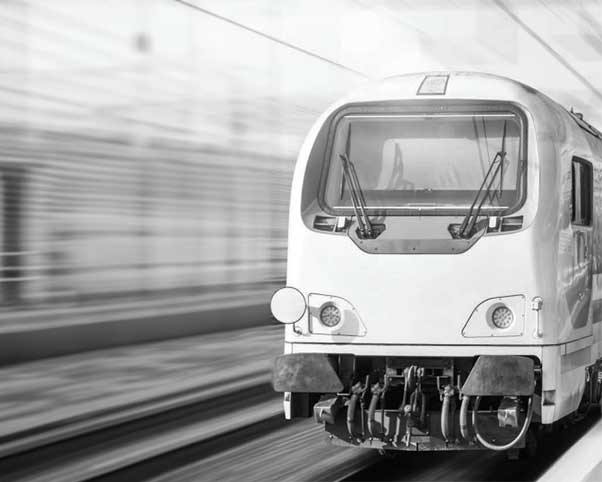
In the midst of a generational technology revolution powered by AI, it's striking to observe that many of Europe's railways still heavily rely on outdated, systems; even something as critical as their signaling operations. In the U.K., both Network Rail and national rail have experienced major setbacks in terms of new product development, innovation, and adoption due to a lack of long-term vision. Their decisions are still largely influenced by short-term operational considerations, with an unhealthy disdain for the long-term investments necessary to yield greater efficiencies and superior services.
The lack of long-term vision is a key contributor to the stunted growth of new product development within the U.K. rail industry. The National Audit Office (NAO) reported in 2019 that several projects aimed at upgrading and modernizing the railway infrastructure, including the introduction of digital signaling systems, were either delayed or canceled due to financial constraints1.
Such outcomes predominantly stem from the short funding cycles, typically spanning five years, in the rail industry. This narrow window often leads to an emphasis on maintaining existing infrastructure over investing in innovative, long-term projects. For instance, in written evidence submitted by Rail Industry Association (RIA), there remained a £300m renewal shortfall to the end of CP5 (Control Period 5, ending March 2019)2. With an average project timeline for signaling systems stretching to 8 or 10 years, such short funding cycles and lack of long-term funding commitments invariably lead to cautious investment strategies from industry suppliers, significantly limiting the potential for new product development.
The reluctance to create long-term funding commitments for modernization also stems from past overspends and delays in previous projects. This has cultivated an environment of apprehension towards undertaking sizeable investments for long-term Return on Investment (ROI)3. Unfortunately, this scenario is not confined to rail infrastructure owners alone. Signal suppliers, rail asset owners, and rail operators also demonstrate a widespread hesitation towards such long-term investments.
Breaking the vicious cycle of under-funding and ROI considerations requires the collaborative efforts of government and industry. A long-term vision, road map, and funding plan must be provided to fuel the digital transformation of the rail industry. Key to this transformation will be a deep understanding of the nuances and complexities involved, calling for a partner with deep domain expertise in rail, such as Quest Global.
As an experienced engineering partner, Quest Global can work across the value chain to facilitate this transformative integration. By leveraging their expertise in rail, they can provide valuable insights, and pragmatic cost-effective signaling solutions, acting as a catalyst in the journey toward digital rail signaling.
A future of safer, more efficient, and reliable rail services awaits. To seize it, all stakeholders must understand that the digital transformation of railways is not just a possibility but an imperative.

Driven largely by ROI considerations for their sunk costs and earlier product developments, these stakeholders remain extremely risk-averse. From their perspective, they believe they often fail to reap their expected ROI in the 5-year funding cycles. This leads to lopsided decisions on repair vs. replacement consideration and more so on new technology investments.
This catch-22 situation has resulted in the deprivation of the foundational support needed for introducing new product development and digital innovation into the European rail systems.
One primary victim of this hesitation is the European Rail Traffic Management System’s European Train Control System (ERTMS ETCS). Though the business case was robust, implementation delays, cost overruns, and short funding cycles have eroded trust4.
The ERTMS ETCS could lead to a 40% increase in capacity, which could dramatically increase revenue potential5. Furthermore, the decrease in delays due to improved reliability and enhanced coordination of cross-border services is expected to save hundreds of millions of Euros for multiple participating nations. Safety enhancements are also a critical ROI aspect; digital systems are expected to potentially reduce accidents representing substantial savings on associated costs. Despite the high upfront investment, the benefits accrued over a longer horizon through these digital transformations outweigh the long horizon of benefits to be accrued.
At an operational level, digital signalling allows for the elimination of signals in some routes, dramatically improving maintenance efficiency. Moreover, the safety enhancements, increased punctuality, and capacity improvements brought about by digital signalling promise an ROI that outweighs the initial cost considerations. Increased safety, more reliable services, better capacity utilization, and lower operational costs are all achievable through the adoption of digital systems like ETCS. Thus, the UK and European rail industry should see digital signaling as a strategic investment promising tangible and intangible returns that extend beyond traditional financial parameters.

